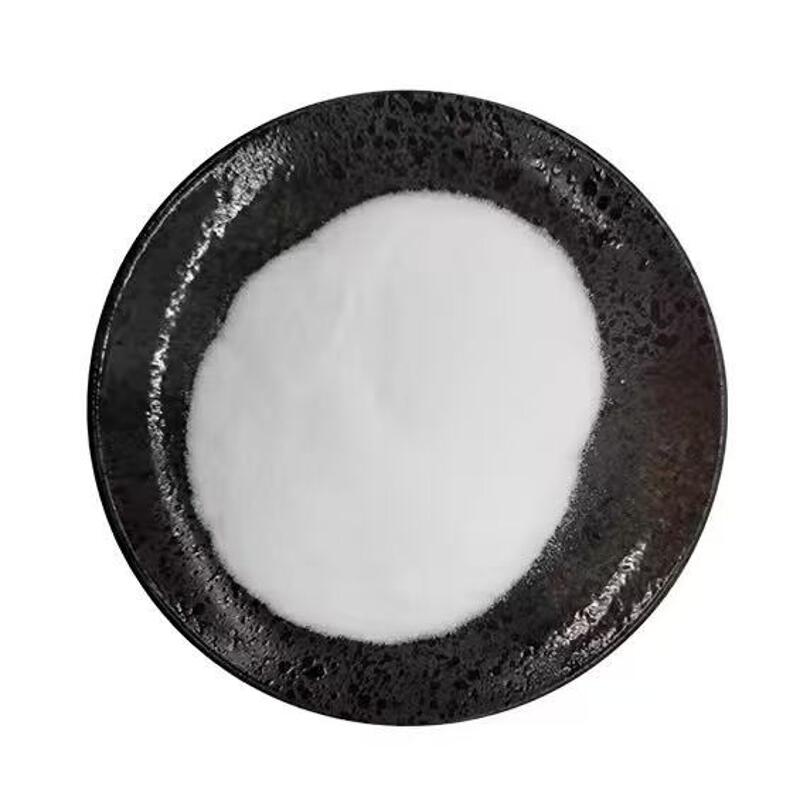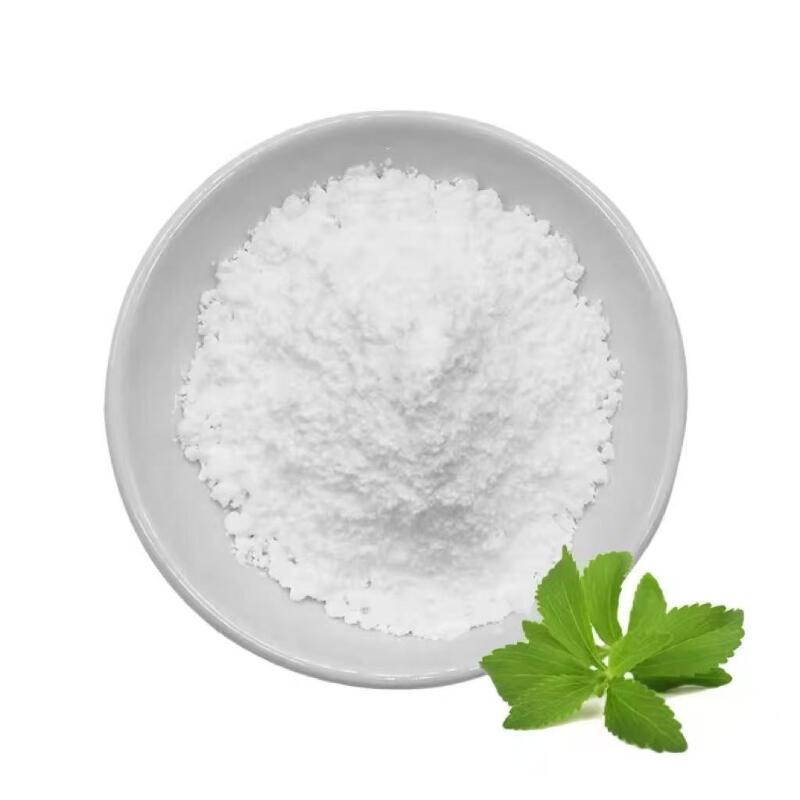-
Categories
-
Pharmaceutical Intermediates
-
Active Pharmaceutical Ingredients
-
Food Additives
- Industrial Coatings
- Agrochemicals
- Dyes and Pigments
- Surfactant
- Flavors and Fragrances
- Chemical Reagents
- Catalyst and Auxiliary
- Natural Products
- Inorganic Chemistry
-
Organic Chemistry
-
Biochemical Engineering
- Analytical Chemistry
-
Cosmetic Ingredient
- Water Treatment Chemical
-
Pharmaceutical Intermediates
Promotion
ECHEMI Mall
Wholesale
Weekly Price
Exhibition
News
-
Trade Service
As we all know, glycol is a functional sweetener, but for a long time the traditional chemical catalytic hydrogenation method is used to produce, not only complex process, poor safety, but also must be pure wood sugar as raw material, the cost is high.
In view of the problems existing in the production of glycolycol by chemical method, the research team led by Jiang Ning Researcher of the Institute of Microbiology of the Chinese Academy of Sciences has been committed to the use of bio-conversion method to produce glycolycol research, and through industrial testing in cooperation with Shandong Weilong Industrial Group Co., Ltd., produced more than 99% purity of glycolycol.
December 4, experts from the Life Sciences and Biotechnology Bureau of the Chinese Academy of Sciences identified the results.
the biological method of producing glycolycol is to reduce the glycosaccharine to logblastol using the glycosaccharase in the cell.
the process is carried out at room temperature and pressure, with low energy consumption, simple equipment, safe operation and so on.
Jiangning task force through breeding, obtained a production of glycol excellent strain of maltose false silk yeast Xu316, the stability of the species is good, can adapt to the more extensive raw materials, its glycol conversion rate and yield are very high.
, bio-transformation allows cells to be used repeatedly and without sterile operation, reducing not only fermentation costs, but also equipment investment and operation costs, and simplifying the reprocessing process.
the production of glycolycol with this strain and process, the yield per cell and the production intensity of fermentation tanks are far higher than the current international high level.
the advanced nature of the route is reflected in the following six aspects: First, the high utilization rate of raw materials.
chemical method of pure wood sugar as raw material, corn core hydrolyte more than 30% of the wood sugar in the mother solution can not be used.
bio-transformation method directly to low-cost renewable raw material crop straw - corn core hydrolytic solution as raw materials, and the use of waste wood glycosaccharine mother liquid, so that the utilization rate of raw materials has been greatly improved.
is low environmental pollution.
the raw material pre-treatment process will inevitably produce a certain amount of environmental pollution, so improve the utilization rate of raw materials at the same time reduce environmental pollution.
addition, bio-transformation processes are more environmentally friendly than chemical catalytic processes.
is low energy consumption.
chemistry concentrates the hydrate of the corn core, crystallizes it and then dissolves and dilutes it, hydrogenates and then concentrates, crystallizes, and consumes high energy.
a concentrated crystallization method to obtain glycolycol, reducing energy consumption.
fourth is the simple production equipment.
chemical method requires hydrogen production, hydrogenation at high temperature and high pressure, the equipment requirements are high.
biorefermentation method uses very few fermentation tanks, the main equipment is a simple reaction tank.
is simple and safe to operate.
conversion process is carried out at room temperature and pressure and does not require sterile operation.
is the quality of the product.
biological method avoids contact with metal powder catalysts, and its products are more suitable for food.
Microbiology Institute and Weilong Group in the annual output of thousands of tons of production line to corn core hydrolyte and wood sugar mother liquid as raw materials for the production of glycolycol, has obtained a purity of more than 99% crystalline glycolycol, product quality is not only significantly better than the chemical method to produce the same raw materials, and even better than the chemical method to pure wood sugar as raw materials for the production of products.
of new strains and the establishment of new processes, bio-method glycolycol has a clear competitive advantage for chemical methods, which is expected to replace chemical methods as the main method of production of lyxols in the future.
production of glycolycol by bio-transformation method is one of the achievements of knowledge innovation project of The Chinese Academy of Sciences, which has independent intellectual property rights.
Through on-site inspection, review of materials, listening to and questioning reports, and careful discussion, the expert appraisal team, headed by Fan Yun VI of the Chinese Academy of Agricultural Sciences, agreed that glycol is a functional food additive and has many other uses.
the results of biotechnology to biomass as raw materials for the production of glycolycol, the comprehensive utilization of resources and the development of circular economy has a positive significance, in line with the strategy of sustainable development.
This achievement for the first time in the annual output of thousands of tons of pilot production scale, with maltose false silk yeast Xu316 direct conversion corn core hydrate and wood sugar waste liquid produced a purity of more than 99% of the glycolycol, conversion rate, yield and yield and other major production indicators reached a higher level, bacteria repeated reuse, process parameters stable.
the species has independent intellectual property rights, conversion performance in the international leading level.
the project identification data complete, complete and trustworthy data, on-site equipment operation is normal.
experts finally suggested that the task force should further improve the technology in the future, combined with the high-value comprehensive utilization of biomass, industrial production as soon as possible, to create greater economic and social benefits.
.







